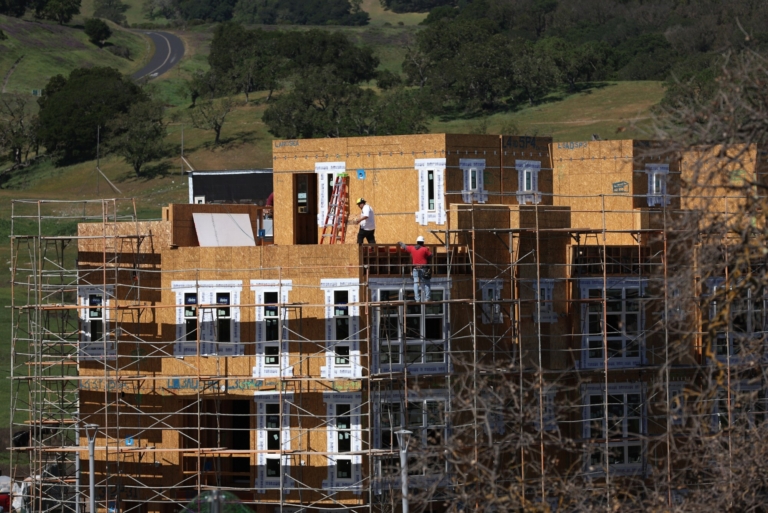Buyers from outside the United States purchased 21.2 percent fewer residential properties in the country in the 12 months from April 2023 to March 2024, a new report from the National Association of Realtors revealed.
This comes as the domestic housing market continues to see a decline in sales that started in 2022, the report said.
The main reasons for the decline in foreign purchases and the overall U.S. housing slump are higher home prices and higher interest rates for borrowers who need to carry a mortgage.
However, half of international sales were in cash, so the higher prices of properties probably had a greater impact on the slowdown.
International buyers spent $42 billion on U.S. residential properties during the 12 months, including 54,300 existing homes.
This is a 36 percent decline and represents the lowest number of existing homes bought by foreigners since 2009 when the National Association of Realtors (NAR) began tracking foreign purchases.
The average home purchase price was $780,300; the median price was $475,000. Both figures are the highest NAR has ever recorded.
The top countries of origin for purchasers were Canada, China, Mexico, and India.
The top states where homes were bought included Florida (20 percent), Texas (13 percent), California (11 percent), and Arizona (5 percent).
Georgia, New Jersey, New York, and North Carolina were all tied with 4 percent each of homes bought by foreign purchasers.
“The strong U.S. dollar makes international travel cheaper for Americans but makes U.S. homes much more expensive for foreigners,” NAR Chief Economist Lawrence Yun said in a press release. “Therefore, it’s not surprising to see a pullback in U.S. home sales from foreign buyers.”
Of the foreign purchases, $22.6 billion, or 54 percent, were made by recent immigrants or visa holders. This was a 3.4 percent decline from the previous year.
Most of the decline in U.S. homes purchased by foreigners came from foreign buyers living abroad. Overall, international buyers only made up 2 percent of the $2.1 trillion in existing home sales over the 12 months.
“Historically low housing inventory and escalating prices remain significant factors in constraining home sales for American and international buyers alike,” Mr. Yun added.

The record-high existing-home sales prices were 21.9 percent higher for average priced homes and 19.8 percent higher for median-priced homes than the previous year. Overall prices of existing U.S. homes hit $392,600 for the time period.
Homes priced over $1 million accounted for 18 percent of foreign sales. Chinese buyers had the highest average purchase price at $1.3 million.
Of the foreign buyers, 45 percent said they were purchasing for use as a vacation home, rental, or both; this is significantly higher than the 16 percent of all existing home buyers who said the same.
Homes purchased by foreign buyers in suburban areas accounted for 45 percent of the total, similar to the 47 percent of all homes purchased in suburbs.
NAR credited a slower-than-expected recovery from the global COVID-19 pandemic coupled with ongoing conflicts in Russia-Ukraine and Israel-Gaza as some reasons for the decrease, along with global inflation that has made travel costs higher.
The United States has seen a lower supply of available homes coupled with pent-up demand as many buyers have tried to wait for interest rate cuts and inflation to cool off.
Housing prices have not seen much decline even as inflation has cooled, however, and rate cuts have not been forthcoming because of continued inflation above the target 2 percent rate.
The NAR noted that even with a strong dollar making U.S. homes more expensive to most citizens of other countries, properties in the United States are more affordable on average than those in a central business district in other countries.

